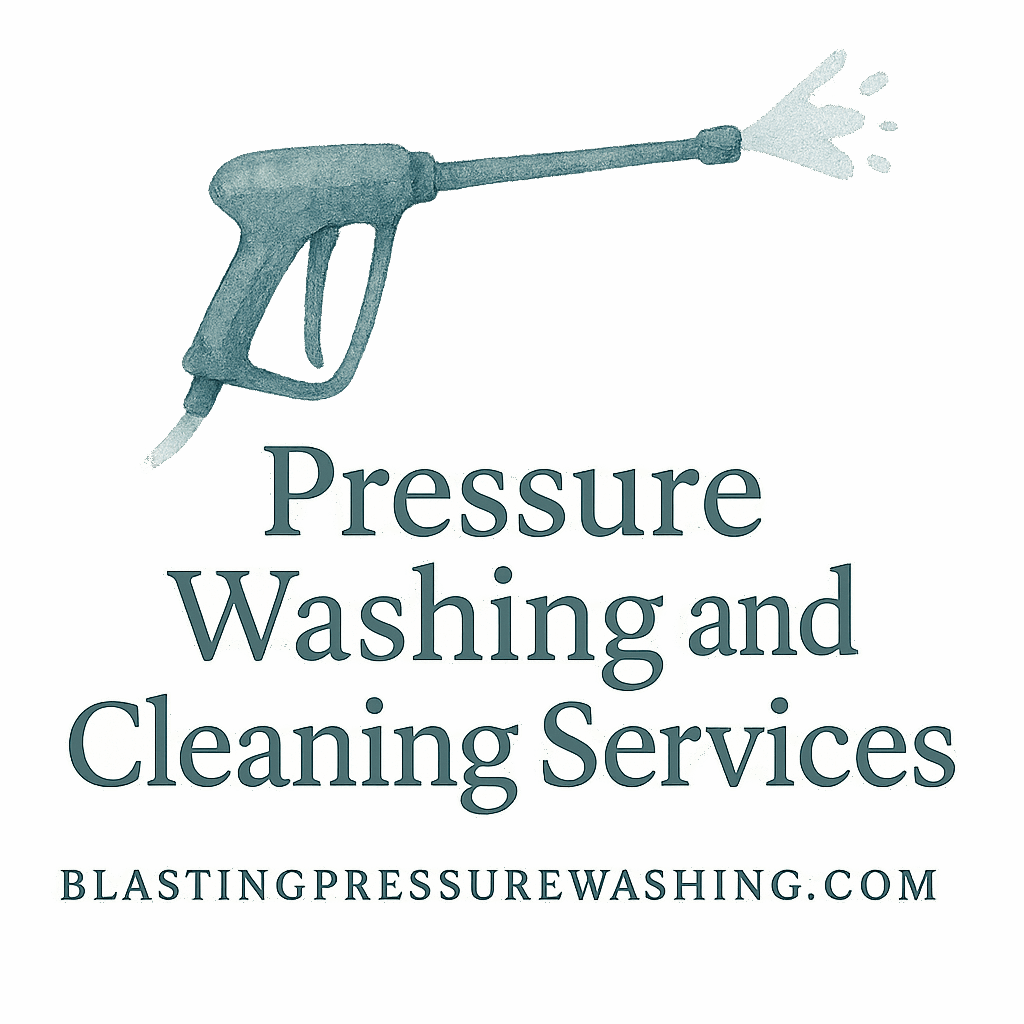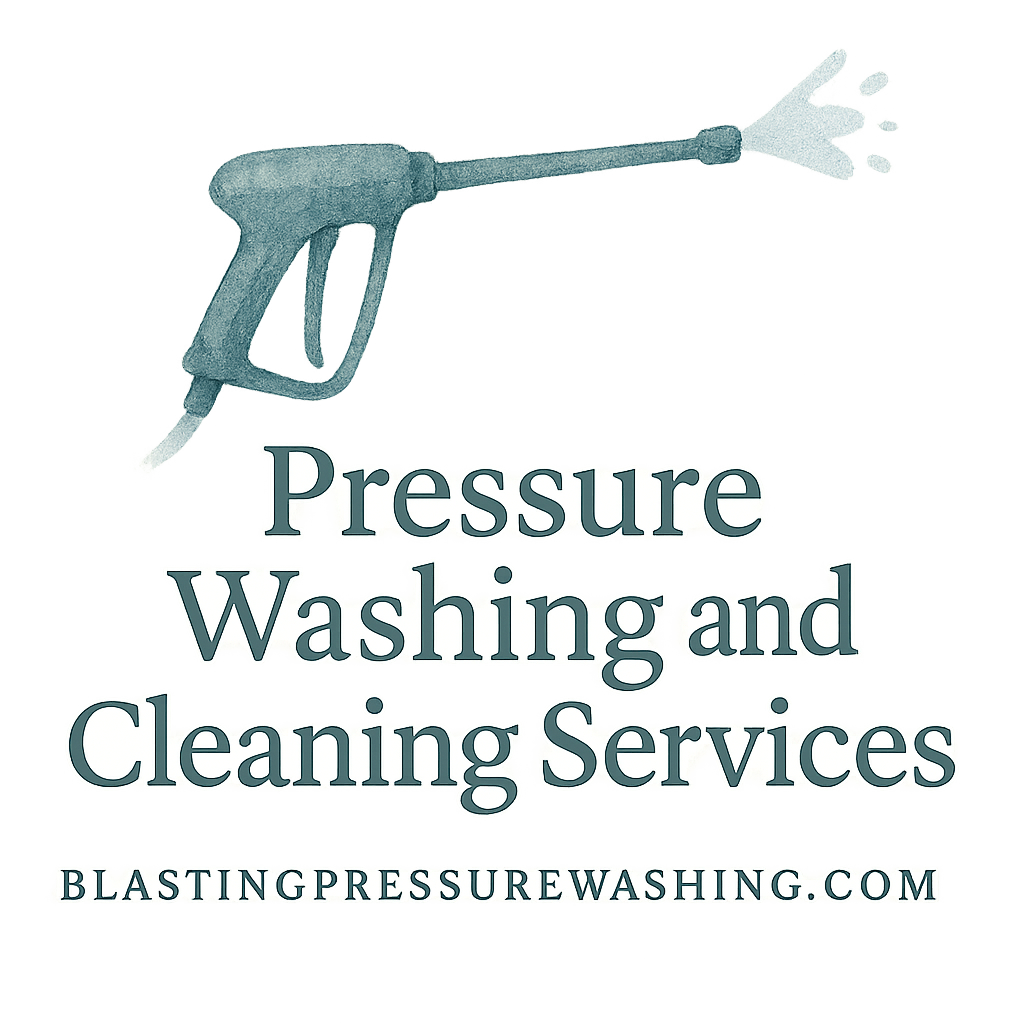Introduction to Pressure Washing and Its Importance
Pressure washing is one of the most effective ways to clean the exterior of your home, removing years of dirt, grime, and mildew. But it’s not without its risks. When done incorrectly, pressure washing can damage the paint or siding of your home, leaving you with costly repairs. Fortunately, with the right techniques and tools, you can pressure wash your home without causing any harm.
This guide will walk you through five essential tips that will help you pressure wash your home safely and effectively. Whether you’re dealing with painted surfaces, wood, or vinyl siding, these tips will ensure that your home stays in top shape without the risk of damage.
Why Pressure Washing is a Popular Home Maintenance Task
Pressure washing has gained popularity because it’s an easy and quick way to refresh the look of your home. It’s an excellent way to clean areas that are difficult to reach or require heavy-duty cleaning, such as driveways, patios, fences, and roofs. It’s also environmentally friendly, as it uses water rather than harmful chemicals for most jobs.
However, the power of the pressure washer can be a double-edged sword. The high-pressure water stream can easily strip paint or dent siding if not used correctly. That’s why understanding how to use a pressure washer properly is crucial.
Understanding Pressure Washing and Its Effect on Surfaces
How Pressure Washing Works
A pressure washer uses a high-powered stream of water to remove dirt, debris, mold, mildew, and other contaminants from surfaces. The water is delivered at a high pressure through a nozzle, and the force is what helps break apart dirt and grime. While this might sound simple, the strength of the water jet can be damaging if not controlled properly.
Common Surfaces for Pressure Washing
Different surfaces react to pressure washing in various ways. Common surfaces include:
- Wood Siding: Wood can be easily damaged if the pressure is too high.
- Vinyl Siding: Vinyl is durable but can be warped or cracked by improper pressure.
- Painted Surfaces: High pressure can strip the paint from your home’s exterior.
- Concrete or Brick: While resilient, these surfaces can still suffer from pressure that’s too high.
Now, let’s dive into the first tip for pressure washing safely!
Tip 1: Choose the Right Pressure for the Job
Why Pressure Matters
The pressure at which the water is delivered is critical. Too much pressure can damage the surface, causing dents, stripping paint, or even driving water into places it shouldn’t go, such as behind siding. Conversely, too little pressure won’t effectively remove the dirt or stains you’re trying to clean.
How to Adjust the Pressure for Different Surfaces
You can adjust the pressure on most pressure washers depending on the type of surface you are cleaning. For delicate surfaces like wood or painted siding, use a lower pressure setting. For tougher surfaces like concrete, you can crank up the pressure for better results.
Recommended Pressure Levels for Different Siding Types
- Wood Siding: Use no more than 500-600 PSI to avoid damaging the wood fibers.
- Vinyl Siding: Keep it between 1,200-1,500 PSI to avoid cracking or warping the siding.
- Painted Surfaces: Start with 1,200-1,500 PSI, and always test in a small area.
By choosing the right pressure for the surface, you can ensure effective cleaning without the risk of damaging your home.
Tip 2: Select the Right Nozzle or Spray Tip
The Different Nozzles and Their Uses
Pressure washers typically come with different nozzles or spray tips that control the width and intensity of the water stream. The most common nozzle sizes are:
- 0-degree: A very concentrated stream for tough stains (be cautious with this one!).
- 15-degree: A more focused stream for heavy-duty cleaning.
- 25-degree: A medium spray that’s great for general cleaning.
- 40-degree: A wider spray that’s safe for most delicate surfaces.
How to Choose the Right Nozzle for Your Siding
For painted surfaces and delicate materials, it’s best to use a 25- or 40-degree nozzle. These provide a gentler spray that cleans without damaging the paint or the siding. For stubborn stains on tougher surfaces, you can switch to a 15-degree nozzle, but always keep a safe distance to prevent damage.
Tip 3: Keep a Safe Distance from the Surface
Why Distance is Crucial
Maintaining the proper distance between the pressure washer and the surface is essential. Getting too close can increase the force of the water on the surface, causing damage. Keeping a safe distance ensures the water pressure is distributed more evenly, reducing the risk of harm.
How Close is Too Close?
As a rule of thumb, maintain a distance of at least 12-18 inches from the surface you are cleaning. For tougher stains or stains on harder surfaces, you can move closer, but always be cautious.

Tip 4: Use Proper Cleaning Solutions and Detergents
Eco-Friendly Options for Cleaning
If you’re looking to be more eco-conscious, there are several biodegradable and eco-friendly pressure washer detergents available. These are gentle on the environment and your home, providing a safe solution for removing stains and grime.
When to Use Soap vs. Water
For basic cleaning, water is often sufficient. However, for stubborn stains or mold, using a detergent will yield better results. Always choose a detergent that is suitable for the material you’re cleaning to avoid damage.
Chemical Considerations for Painted Surfaces
Avoid using harsh chemicals on painted surfaces, as they can strip away paint or damage the surface. Stick to mild soaps or cleaners specifically designed for use on painted or vinyl surfaces.
Tip 5: Test a Small Area Before Full-Scale Cleaning
Why Testing is Important
Always test the pressure and cleaning solution on a small, inconspicuous area of your siding before applying it to the entire surface. This ensures that the pressure doesn’t cause any damage and that the cleaning solution works well with your surface.
How to Test Effectively
Select a small area on the side of your home that’s hidden from view, like the back or under a window. Apply the pressure at the recommended settings and use the detergent if necessary. Check for any adverse reactions like fading, cracking, or peeling before continuing.
Additional Tips for Safe and Effective Pressure Washing
Don’t Pressure Wash in Direct Sunlight
Pressure washing in direct sunlight can cause the water and soap mixture to dry too quickly, leaving streaks or residue on the surface. Try to wash during the early morning or late afternoon when the sun is less intense.
Maintain Your Pressure Washer Regularly
A well-maintained pressure washer is key to achieving optimal results. Check for any blockages or damage to the hose and nozzles, and make sure the machine is functioning at its best before each use.
Conclusion: Keeping Your Home Safe While Pressure Washing
Pressure washing can be an effective way to clean your home’s exterior, but it requires caution and the right technique to avoid damaging your siding or paint. By following these five tips, you can ensure that your pressure washing experience is safe, effective, and gentle on your home.
Frequently Asked Questions (FAQs)
- Can pressure washing damage my paint?
Yes, using too much pressure or the wrong nozzle can strip paint. Always use low pressure and the appropriate nozzle for painted surfaces. - How often should I pressure wash my home?
It depends on the environment, but once a year is generally recommended. Homes in humid areas or near the coast may need more frequent cleaning. - Can I use pressure washing to remove mold from my siding?
Yes, but be sure to use an appropriate detergent and the correct pressure settings to avoid damaging the siding. - What is the best detergent for pressure washing?
Use a detergent that’s designed for the type of siding you have. For painted surfaces, choose a mild soap. - Should I pressure wash in the rain?
It’s best to avoid pressure washing in the rain, as wet surfaces can make the job harder and potentially increase the risk of damage. - What safety precautions should I take while pressure washing?
Always wear protective gear, including goggles, gloves, and non-slip shoes. Be mindful of electrical outlets and water hazards. - How can I protect my plants and outdoor furniture when pressure washing?
Cover plants and furniture with tarps to protect them from debris and cleaning solutions during pressure washing.


